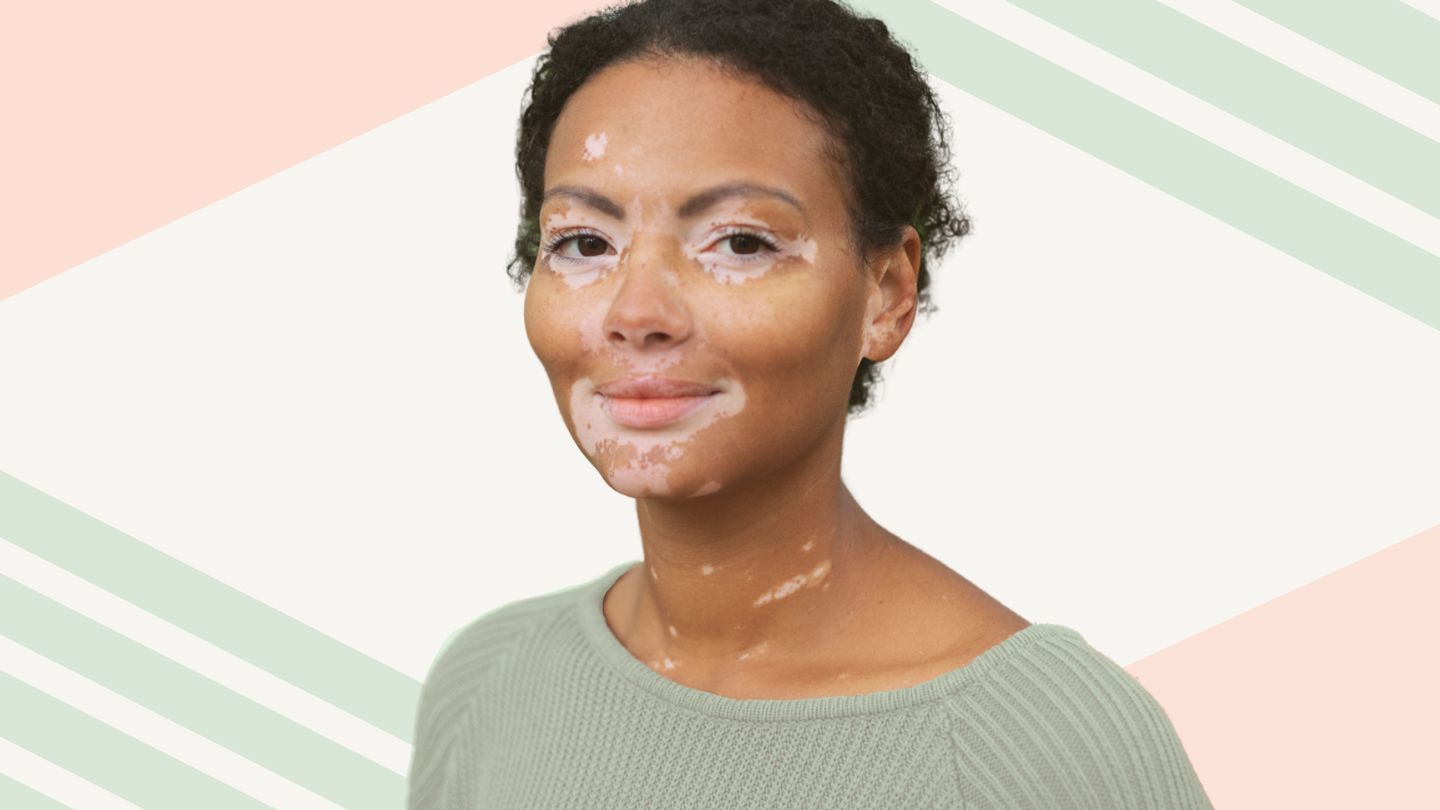Understanding Segmental Pigmentation Disorder (Vitiligo)
Segmental pigmentation disorder, also referred to as vitiligo, is a chronic skin condition causing white patches or depigmentation to appear on the skin. It occurs when melanocytes, the pigment-producing cells, are destroyed leading to a loss of melanin production in affected areas.
Prevalence of Segmental Pigmentation Disorder
Segmental pigmentation disorder is relatively common, impacting up to 2% of the population worldwide. Both adults and children can develop vitiligo, but onset often first occurs between 10-30 years of age.
Appearance of White Skin Patches
The main sign of segmental pigmentation disorder is flat white patches appearing on the skin. The patches can slowly grow and change shape over time. They often first show up on sun-exposed areas like the hands, feet, arms, face, and lips.
Types of Segmental Pigmentation Disorder
There are two main types of vitiligo:
- Non-segmental vitiligo - White patches appear symmetrically on both sides of the body
- Segmental vitiligo - White patches occur on only one side or segment of the body in an asymmetrical pattern
In rare cases, the skin may turn white all over the body which is called universal vitiligo. This advanced state affects quality of life significantly.
What Causes Segmental Pigmentation Disorder?
The exact cause of segmental pigmentation disorder is still being researched. However, it likely involves a combination of genetic, immune system, and environmental factors that interplay to trigger vitiligo development.
Autoimmune Connection
Vitiligo is classified as an autoimmune condition. This means the immune system malfunctions and mistakenly attacks the bodys own tissues and cells, in this case the pigment-producing melanocytes in the skin.
Genetic Predisposition
Many with vitiligo have close family members who also developed the disorder. Variations in over 30 different genes are believed to contribute to vitiligo susceptibility.
Stress and Trauma
Stressful events, skin trauma, severe sunburns, and exposure to specific chemicals can sometimes trigger the initial onset of vitiligo. These environmental factors likely activate vitiligo development in those already genetically predisposed.
Other Contributing Factors
Those with certain other autoimmune diseases like hyperthyroidism, rheumatoid arthritis, psoriasis, and pernicious anemia also face higher vitiligo risk. Repetitive friction to the skin areas has additionally been associated with melanocyte destruction and white patch formation.
Diagnosing Segmental Pigmentation Disorder
Doctors can often diagnose vitiligo simply through a visual skin examination. They may use a special lamp called a Woods lamp to see the extent of depigmentation. Blood tests can help rule out other conditions causing light spots on the skin.
If the diagnosis remains uncertain, a skin biopsy may be performed. This involves taking a small sample of the skin to check for melanocyte presence under a microscope.
Distinguishing Vitiligo from Other Hypopigmentary Disorders
The differential diagnosis for skin discoloration includes other pigmentary problems like:
- Tinea versicolor - Fungal infection
- Pityriasis alba - Irregular hypopigmented patches in children
- Lepromatous leprosy - Chronic bacterial skin infection
- Pityriasis lichenoides chronica - Inflammatory skin disease
- Nevus depigmentosus - Congenital stable hypopigmented birthmark
Doctors evaluate the appearance, pattern, and progression of discoloration over time to distinguish segmental pigmentation disorder from look-alike conditions.
Treatment Options for Segmental Pigmentation Disorder
While no vitiligo cure currently exists, different therapeutic approaches focus on regaining skin pigmentation and halting depigmentation spread. Treatment also aims to better cope with related emotional difficulties.
Topical Medications
Skin creams and solutions containing corticosteroids, calcineurin inhibitors, and vitamin D analogs can suppress inflammation and stimulate melanocyte regrowth. Phototherapy paired with certain topicals improves results.
Oral Medications
Oral corticosteroids, mini-pulsed cytostatics, and certain supplements like vitamins B12 and folate tablets demonstrate stability or modest repigmentation for some vitiligo cases. However, possible side effects require close medical oversight.
Light Therapy
Exposing the skin to UVA and UVB light aims to activate melanocyte functioning without sun damage. Phototherapy can occur standalone or in combination with certain topical creams.
Skin Grafting Procedures
Surgical methods like punch grafting, suction blister grafting, and melanocyte transplantation involve skillfully grafting melanocyte-rich skin onto depigmented areas. Healing and repigmentation occur over several months.
Tattoo Camouflage
For stable vitiligo unresponsive to medical therapies, cosmetic micropigmentation (tattooing) offers camouflage by adding pigment into the top layer of skin. The color approximation to normal skin tones provides disguise.
Psychological Counseling
Seeking mental health guidance helps patients adjust to living with disfigurement, handle social anxiety/stigma, and develop positive coping outlets like support groups tailored to vitiligo emotional challenges.
Preventing the Spread of Depigmentation
While achieving complete prevention of melanocyte destruction proves difficult with existing vitiligo treatments, certain proactive measures aim to slow progression and protect vulnerable skin:
Sun Protection
Limiting UV exposure through protective clothing, broad-spectrum SPF 30+ sunscreen, window tinting, and peak sun avoidance helps prevent photodamage that can trigger spreading.
Avoid Skin Trauma
Minimizing friction, cuts, severe burns or irritation decreases likelihood of initiating autoimmune responses against existing melanocytes adjacent to vitiligo patches.
Stress Management
Developing healthy anti-stress outlets to achieve mind-body balance may fend off stress-provoked disease flares. Counseling also helps overcome self-image related emotional distress that elevates cortisol.
Healthy Lifestyle
Nutrient-dense anti-inflammatory diets, regular exercise, adequate sleep and smart supplementation strengthen resilience against segmental pigmentation disorder activity through immune system balance and melanocyte protection.
Outlook for People with Segmental Pigmentation Disorder
With newer research insights, combination treatment approaches demonstrate improved efficacy for vitiligo repigmentation and stabilization. However, responses prove variable with no guarantee of completely reversed depigmentation.
Thankfully, segmental pigmentation disorder in itself poses no physical health hazard or mortality risk. Still, adapting to living long-term with variable and visible disfigurement presents ongoing psychological and social challenges for patients and their families.
Overall outlook continues improving through increased vitiligo awareness, destigmatization efforts, concept of beauty diversity, and empathy from support networks. With proper treatment and self-acceptance, those with segmental pigmentation disorder can enjoy normal, full lives.
FAQs
Is vitiligo contagious?
No, vitiligo is not contagious. It is not transferred through skin-to-skin contact or exposure. Vitiligo results from an autoimmune disease causing melanocyte destruction in genetically predisposed people.
Can vitiligo be cured?
Currently no vitiligo cure exists. However, newer treatments help some patients regain skin color and halt depigmentation spread. For others, camouflage cosmetic treatments provide symptom relief without reversing underlying loss of melanocytes.
Does vitiligo eventually turn the whole body fully white?
For most, vitiligo progresses slowly over years, often stabilizing over time. However in rare cases, it can continue spreading until the whole body loses pigment which is called universal or total vitiligo. Thankfully this extreme presentation is uncommon affecting only about 1-2% of vitiligo patients.
Can kids get vitiligo too or only adults?
Yes, vitiligo affects both children and adults. About half show initial signs before age 20. The condition can appear at any age, but is more common during the teenage years as overall autoimmunity risk increases.
Does vitiligo increase skin cancer risk?
People with vitiligo do face moderately increased vulnerability to sun-induced skin cancers within their whitened skin areas. This makes strict sun protection important, especially for those with extensive depigmentation.
Disclaimer: This article is for informational purposes only and does not constitute medical advice. Always consult with a healthcare professional before starting any new treatment regimen.
Related Coverage
Opzelura is the first FDA-approved topical cream for restoring skin pigment in vitiligo patients. Learn about using Opzelura, expected results, side effects, and costs....
Michael Jackson, Winnie Harlow, Jon Hamm, and other celebrities have opened up about their experiences with vitiligo. Learn how they're spreading awareness of this skin condition....
Tattoo ink fading and white spots happen, but can be prevented. Learn what causes tattoo fading, vitiligo spots, and the best methods to fix, cover, or embrace tattoo ink diffusion....
Terrence J, Michael Jackson, Winnie Harlow and other celebrities have spoken out about their experiences with vitiligo to reduce stigma and empower others with the condition....
Segmental pigmentation disorder, also called vitiligo, is an autoimmune skin condition causing white patches from melanocyte destruction. Learn about vitiligo causes, diagnosis, treatments, prevention, and outlook....
Dr. Elizabeth Yun is a top dermatologist providing customized treatments for chronic skin conditions like vitiligo, psoriasis, eczema, and acne. Learn about her services....
Find out the Opzelura side effects you may experience, how to soothe mild irritation, and signs that need urgent medical attention....
Learn about the vitiligo hearing loss link, common symptoms, how doctors test it, and practical steps to manage hearing changes....
Learn how to buy ruxolitinib Opzelura cream online to treat vitiligo patches. Understand treatment options, getting a prescription, using insurance, costs, and applying properly....
Vitiligo herbal remedies: benefits, safety tips, and how they complement conventional treatments for clearer skin....







